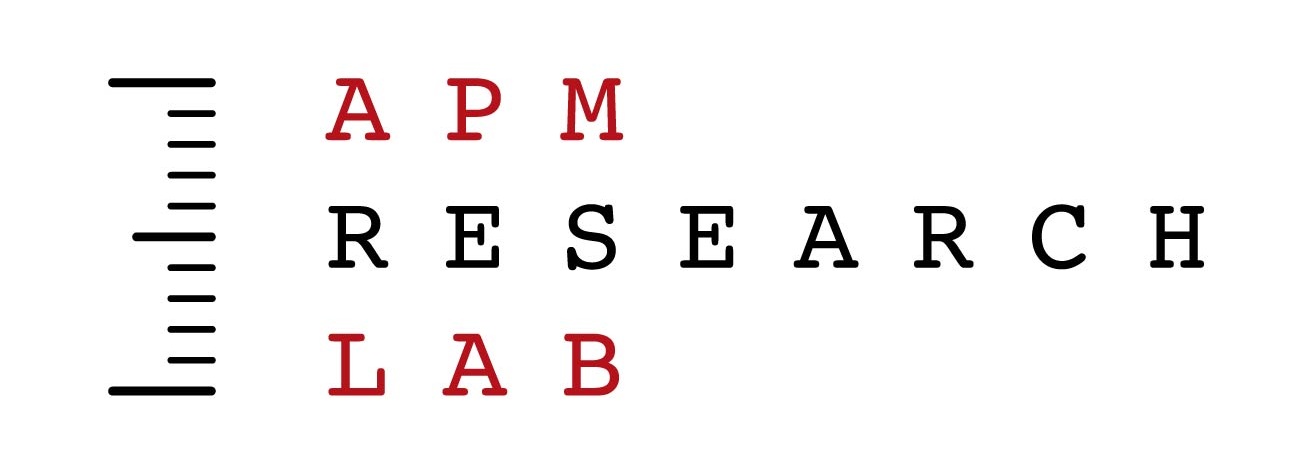Loneliness appears to be especially common among those perceiving their communities as unsafe, as well as Indigenous and Generation Z Minnesotans
by CRAIG HELMSTETTER | Dec. 26, 2024
DOCUMENTATION
SURVEY METHODS
RELATED
Minds of Minnesotans Survey (2024-5):
* Survey on isolation: Nearly half of Minnesotans report feeling left out at times (MPR News)
* Poll: Minnesotans think some groups have easier access to success
* Most Minnesotans believe their communities are safe, but 1 in 3 say they are becoming less so
Minnesota’s Diverse Communities Survey:
* Feelings and experiences with inclusion (2021)
Minnesota Poll: Cannabis use and views on legalization (Sept. 2024)
Mood of the Nation Poll: In the midst of a tight presidential race, Trump draws support from voters disillusioned with democracy (Oct. 20204)
A new poll finds that about half of Minnesotans feel lonely, at least some of the time. More specifically, 13% say they “often” lack companionship and another 35% lack companionship “some of the time.”
Results were similar when Minnesotans were asked how often they feel left out and isolated from others.
The APM Research Lab included these questions in the “Minds of Minnesotans” survey, conducted by Lumaris Research from July 20 through Nov. 22, 2024, in an effort to better understand what the U.S. Surgeon General has called “Our Epidemic of Loneliness and Isolation.”
The three questions were replicated from the widely used UCLA Loneliness Scale to help assess Minnesotans’ state of mind in the post pandemic era, and possibly to help identify groups of Minnesotans that are faring better or worse with feelings of loneliness and isolation.
The scale
Over half of adults in Minnesota say that they “hardly ever” feel a lack of companionship or left out or isolated from others. But over one-third say that they experience these feelings “some of the time” — and the remaining 11 to 13 percent say that they “often” have these feelings.
Like other researchers, we created a scale by summing together each respondent’s answers to these questions to get a sense of their overall feelings of loneliness. Respondents who answered “hardly ever” — signaling infrequent loneliness — to each of the three questions received a score of three, and those who consistently answered “often” — signaling frequent loneliness — received a score of nine. While three was the most common score, over half of Minnesotans scored somewhere in between the two ends of the scale.
Overall, just over half of Minnesotans ended up on the “rarely lonely” end of the scale, scoring three or four. Thirty-eight percent of Minnesotans scored five, six or seven — in the middle of the loneliness scale. One in ten ended up with a score of eight or nine, indicating that they are frequently lonely according to their answers to the UCLA Loneliness Scale questions.
Which groups of Minnesotans are most lonely? Which have highest rates of avoiding loneliness?
Comparing groups of Minnesotans on the loneliness scale, it appears that race, age and perceptions of public safety are most closely related to feelings of loneliness in Minnesota:
Black, Hispanic and especially Indigenous Minnesotans have higher rates of loneliness.
Over half of Asian and white Minnesotans are rarely lonely, compared to less than 40% of Black and Hispanic Minnesotans and only 29% of Indigenous Minnesotans.
About twice as many Indigenous Minnesotans indicate frequently feeling lonely than is the case among other racial and ethnic groups.
Younger generations tend to be more lonely.
Baby Boomers, currently age 60-78, are the least lonely of adult age generations in the state: 63% score as “rarely lonely” and only seven percent indicated frequent loneliness.
Gen Z, the youngest adult generation, currently age 18-27, is the most lonely. One in five score in the most lonely range of the scale, which is double the statewide rate.
In general, the safer people perceive their communities to be, the less lonely they are.
Sixty-three percent of those who said that their community is “always safe” indicated that they were not lonely, compared to only 22% of those who see their community as never or rarely safe.
One-third of those who say the area they live in is not safe indicate that they are frequently lonely, which is the highest proportion scoring in the “frequently lonely” part of the scale for any group we looked at.
The relationship between loneliness and other groupings of Minnesotans is not as strong as with race, generation and community safety. Men and women experience loneliness at similar rates. Those with some college have somewhat lower rates of loneliness than either those with a high school diploma or those with a four-year college degree or more education.
Contrary to the common perception that Minnesota is less welcoming to transplants, Minnesotans born in other states experience loneliness at the same rates as those born in the state. Immigrants, however, do appear to have a somewhat higher rate of loneliness than is the case among U.S.-born Minnesotans.
Rates of loneliness are slightly lower in the more densely-populated cities of Minneapolis and St. Paul than is the case for either the suburbs of the Twin Cities seven-county region or the remaining 80 counties that together make up Greater Minnesota.
Slightly higher proportions of both Republicans and political independents score on both the “rarely lonely” and “frequently lonely” ends of the UCLA scale than is the case for Democrats. A higher proportion of Democrats score in the mid-range “sometimes lonely” part of the scale.

